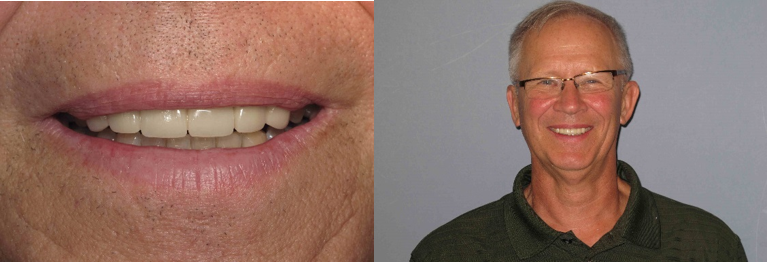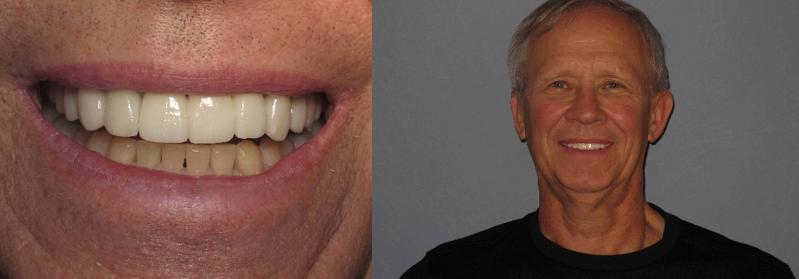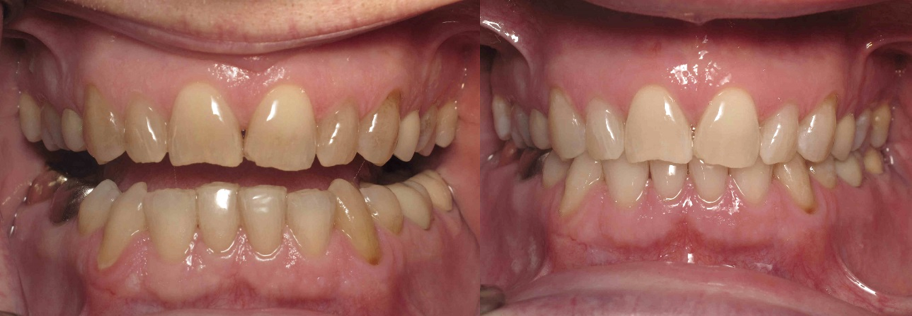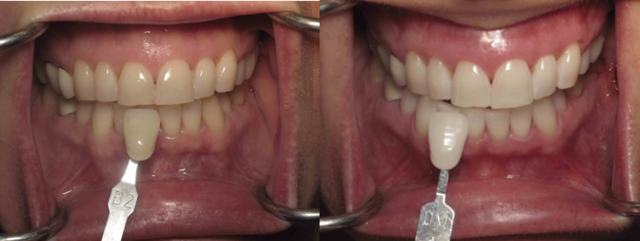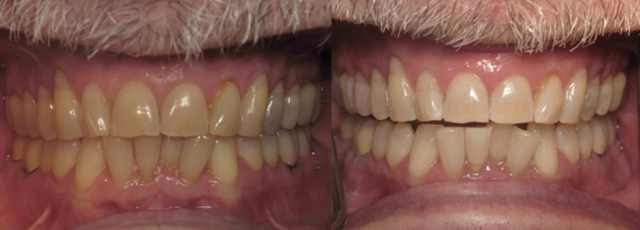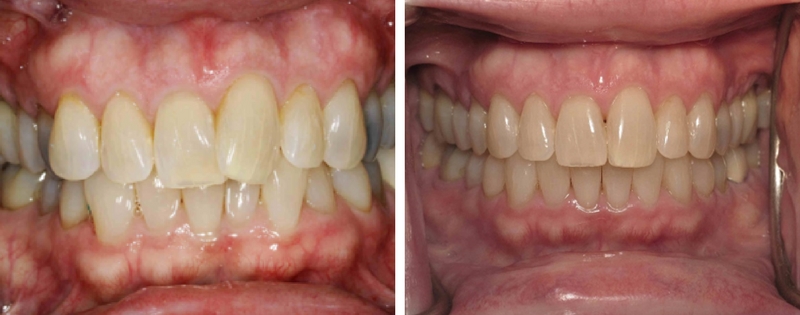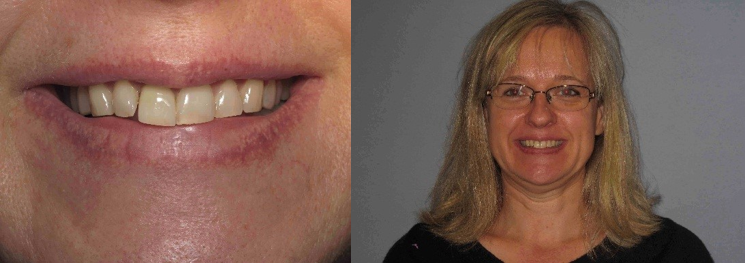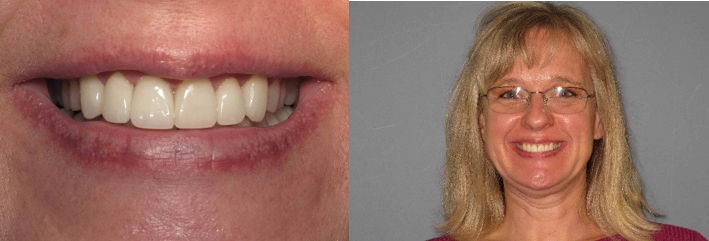By: Dr. Elizabeth Eggert
How did this start?
Chauncey had white spots on several of his front teeth for as long as he can remember. Typically spots like these are caused by orthodontic work but can be a developmental characteristic too. He researched online about different procedures available to treat the spots and found our You Tube video about the Icon procedure. After doing extensive research he decided to give us a call!
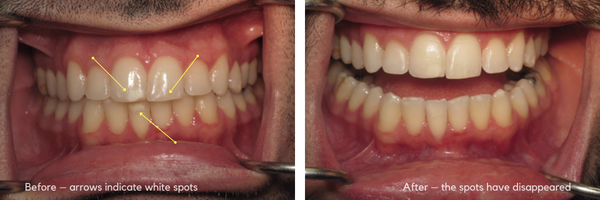
What did he want?
The white spots were very visible whenever he talked or smiled. Chauncey wanted a more consistent coloring in his teeth so the white spots no longer distracted from his beautiful smile. He wanted a procedure that would give him good long-term results that didn’t require re-treating the way many bleaching treatments do. He also liked the non-invasive manner of the ICON procedure.
What is involved?
Icon is a great way to resolve white spot lesions because it requires no tooth removal or Novocain and is very conservative. First, we isolate the teeth and tissues. With a simple cleaning solution we rub on the teeth to start the spot removal process. The Icon infiltrate is then rubbed on to the surface of the teeth and cured with a light. The Icon infiltrate and curing light is then completed a second time to ensure a protective seal on the teeth. The surface is smoothed with a polishing paste and other polishing instruments if necessary. It’s really that easy!
What does he think?
Chauncey was uncertain before having the treatment completed and did a lot of research on his own about the results and process. He says he is, “Very happy, and surprised and how well it worked!” He would tell anyone considering this treatment to go for it. Chauncey was very excited about being able to get same day results and feels much more confident in his improved smile!
If you’d like to experience this treatment for yourself, contact us today!




 Tooth Whitening: Over time, due to poor brushing habits and consumption of acidic and richly-hued foods and beverages, teeth become yellowed and dull. Tooth whitening is a safe and cost-effective procedure that brings back brilliance to your pearly whites. While historically triggering nerve sensitivity, today’s whitening agents contain fluoride and other desensitizing agents which reduce the risk of sensitivity. If properly maintained, the positive effects of tooth whitening can last for a number of years. It’s important to keep in mind that anything that can stain a white shirt can stain your smile. Ensuring thorough brushing after consumption of stain-inducing foods and beverages will extend the life of your tooth whitening procedure.
Tooth Whitening: Over time, due to poor brushing habits and consumption of acidic and richly-hued foods and beverages, teeth become yellowed and dull. Tooth whitening is a safe and cost-effective procedure that brings back brilliance to your pearly whites. While historically triggering nerve sensitivity, today’s whitening agents contain fluoride and other desensitizing agents which reduce the risk of sensitivity. If properly maintained, the positive effects of tooth whitening can last for a number of years. It’s important to keep in mind that anything that can stain a white shirt can stain your smile. Ensuring thorough brushing after consumption of stain-inducing foods and beverages will extend the life of your tooth whitening procedure. Invisalign®: As we’ve highlighted in recent posts, Invisalign® is a fantastic alternative to braces for many teens and adults. With the use of transparent, low-profile aligner trays, teeth can be straightened and improper bites corrected. This procedure is typically more comfortable, less visible and takes less time than teeth straightening and bite correction with traditional metal braces.
Invisalign®: As we’ve highlighted in recent posts, Invisalign® is a fantastic alternative to braces for many teens and adults. With the use of transparent, low-profile aligner trays, teeth can be straightened and improper bites corrected. This procedure is typically more comfortable, less visible and takes less time than teeth straightening and bite correction with traditional metal braces.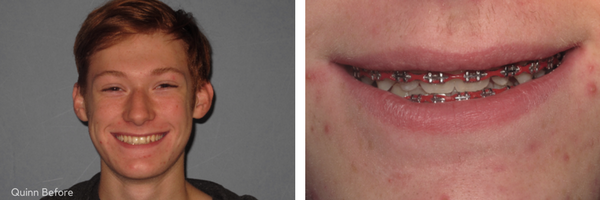
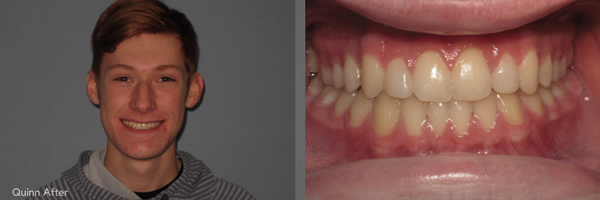


 When teeth are missing, you have to work harder to chew. Natural teeth have a bite force of 200-250 pounds and dentures have a bite force around 50 pounds. The soft tissue of the gums can’t approach the strength of either. Over time, you’re at risk of suffering irritated, sore, or even infected gums, which will further diminish your chewing ability.
When teeth are missing, you have to work harder to chew. Natural teeth have a bite force of 200-250 pounds and dentures have a bite force around 50 pounds. The soft tissue of the gums can’t approach the strength of either. Over time, you’re at risk of suffering irritated, sore, or even infected gums, which will further diminish your chewing ability.